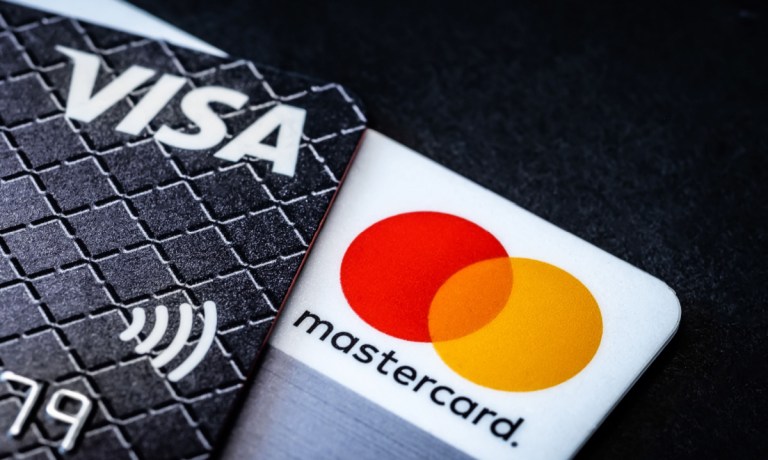New Fund Flows Outpace Card Growth as Payment Networks Eye Open Banking Opportunities

Beyond the debit and credit card issuance, beyond the consumer spending, the networks see growth ahead underpinned by new payment flows.
The recent spate of earnings results from Mastercard and from Visa took note of the rise of alternative payment systems as money flows across borders, digital channels and emerging use cases.
To be sure, there’s still momentum in cards.
Visa showed in its most recent report that fiscal first quarter credit spend was up 8%, outpaced by debit spending increases of 9%, year on year, measured in constant currency. Total cards issued were up 6%, as debit card issuance grew by 8% and credit card issuance was up 4%.
Mastercard said in its own results that overall cards out in the field grew by 7% year on year. Debit spending in the U.S. was up about 4%, and credit spend was up nearly 7%.
But in drilling down into new payment constructs and services, growth has been even more pronounced.
Building Out New Capabilities
Visa CEO Ryan McInerney said that total credentials were up 6% YoY and said that the company has issued 8.7 billion network tokens through the latest fiscal year, up 55%. Visa Direct Transactions were up 20%, and new payment flows, management said, should outpace consumer payments revenues.
“We see $200 trillion of opportunity annually across B2B, B2C, P2P, and G2C, certainly an enormous number,” McInerny said. “We are working with our clients to deliver Visa’s commercial and money movement solutions to help digitize these flows on our network of networks.”
Visa Direct transactions (which allow for account-to-account transfers) grew 20% to 2.2 billion. And with P2P cross-border activity, he said, transactions grew more than 65% year over year.
Mastercard CEO Michael Miebach said on its earnings call: “We’re also driving growth by winning and retaining deals across consumer payments, account to account, and new flows.” The company said in its materials that value-added services and solutions revenues were up 17% on a currency neutral basis to $2.7 billion.
New flows in Europe represent a significant opportunity, the CEO said, driven in part by the Payments Services Directive (moving to PSD3).
“Underlying payments growth helps drive services too, and payments growth brings incremental rich data. Our services turn that data into valuable insights,” he said.
Management noted on the call that Mastercard’s open banking technology via its Finicity footprint in the U.S. now has been extended to 90% of the company’s deposit accounts. Management spotlighted pay-by bank capabilities on the call as evidence of a non-card use case. As PYMNTS reported, the function lets merchants offer customers the ability to pay directly from their bank accounts.